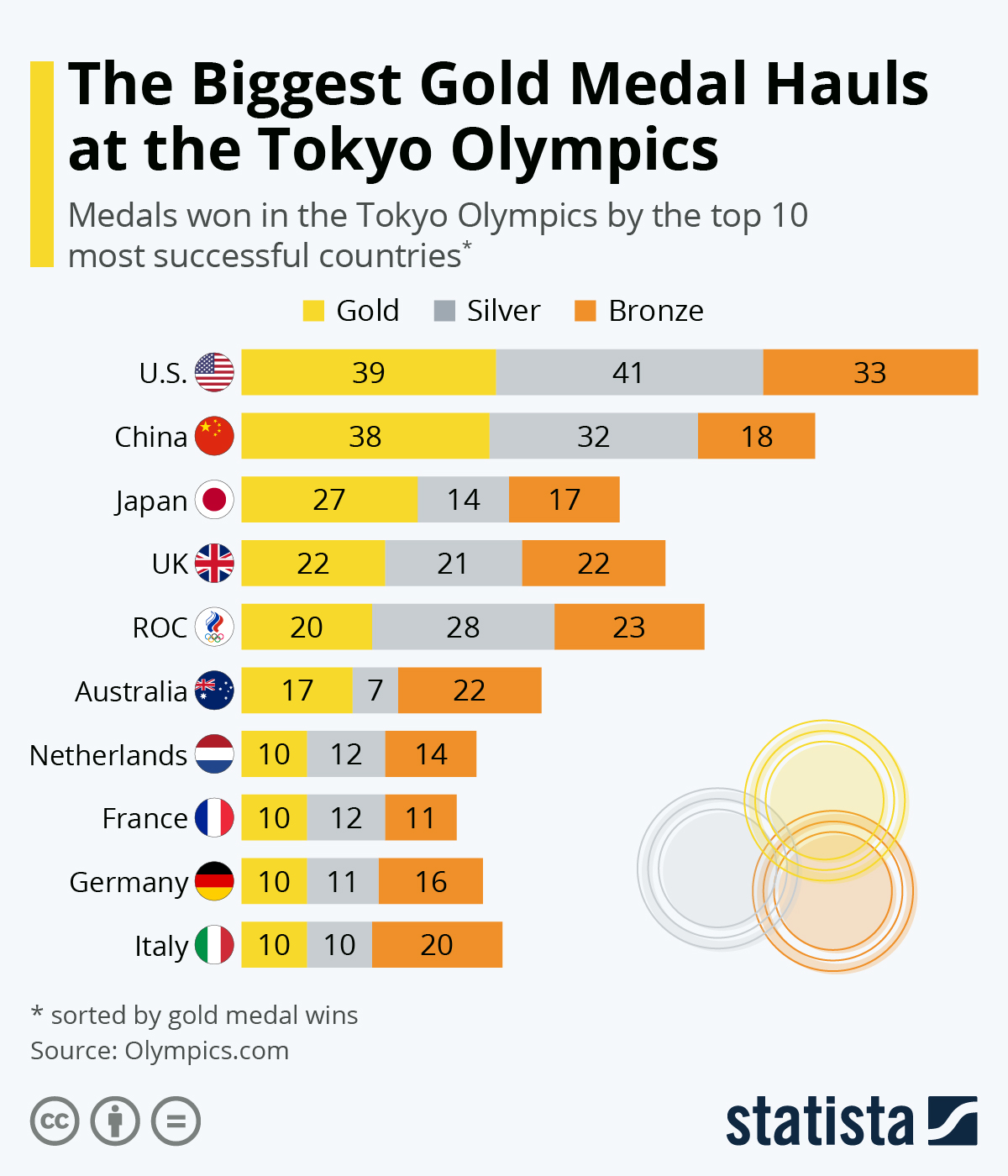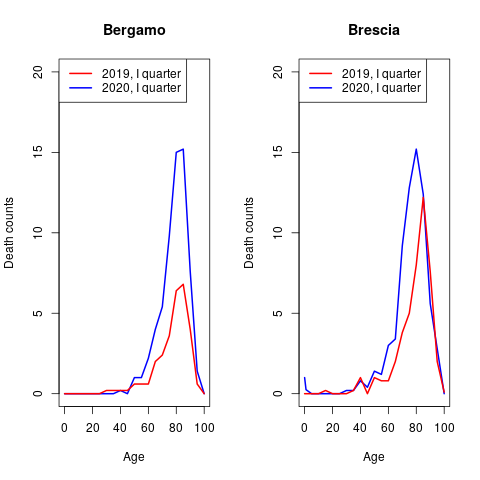How Italians Became ‘White’
Vicious bigotry, reluctant acceptance:
an Ameican Story
By
Brent Staples
Mr. Staples is a member of the NYT editorial board.
OCT. 12, 2019

Newly arrived Italians waiting to be processed at Ellis Island around 1905. Photograph by Lewis Hine, via Bettmann Archive/Getty Images
Congress envisioned a white, Protestant and culturally homogeneous America when it declared in 1790 that only “free white persons, who have, or shall migrate into the United States” were eligible to become naturalized citizens. The calculus of racism underwent swift revision when waves of culturally diverse immigrants from the far corners of Europe changed the face of the country.
As the historian
Matthew Frye Jacobson shows in his immigrant history
“Whiteness of a Different Color,” the surge of newcomers engendered a national panic and led Americans to adopt a more restrictive, politicized view of how whiteness was to be allocated. Journalists, politicians, social scientists and immigration officials embraced the habit, separating ostensibly white Europeans into
“races.” Some were designated “whiter” — and more worthy of citizenship — than others, while some were ranked as too close to blackness to be socially redeemable. The story of how Italian immigrants went from racialized pariah status in the 19th century t
o white Americans in good standing in the 20th offers a window onto the alchemy through which race is constructed in the United States, and how racial hierarchies can sometimes change.
Darker skinned southern Italians endured the penalties of blackness on both sides of the Atlantic. In Italy, Northerners had long held that Southerners — particularly Sicilians — were an “uncivilized” and racially inferior people, too obviously African to be part of Europe.
Racist dogma about Southern Italians found fertile soil in the United States. As the
historian Jennifer Guglielmo writes, the newcomers encountered waves of books, magazines and newspapers that “bombarded Americans with images of Italians as racially suspect.” They were sometimes shut out of schools, movie houses and labor unions, or consigned to church pews set aside for black people. They were described in the press as
“swarthy,” “kinky haired” members of a criminal race and derided in the streets with epithets like “dago,”
“guinea” — a term of derision applied to enslaved Africans and their descendants — and more familiarly racist insults like “white nigger” and “nigger wop.”

Italian-Americans were often used as cheap labor on
the docks of New Orleans at the turn of the last century.Library of Congress

Mulberry Street in the Little Italy
section of New York around 1900.Library of Congress
The penalties of blackness went well beyond name-calling in the apartheid South. Italians who had come to the country as
“free white persons” were often marked as black because they accepted “black” jobs in the Louisiana sugar fields or because they chose to live among African-Americans. This left them vulnerable
to marauding mobs like the ones that hanged, shot, dismembered or burned alive
thousands of black men, women and children across the South.
The federal holiday honoring the Italian explorer Christopher Columbus — celebrated on Monday — was central to the process through which Italian-Americans were fully ratified as white during the 20th century. The rationale for the holiday was steeped in myth, and allowed Italian-Americans to write a laudatory portrait of themselves
into the civic record.
Few who march in Columbus Day parades or recount the tale of Columbus’s voyage from Europe to the New World are aware of how the holiday came about or that President
Benjamin Harrisonproclaimed it as a one-time national celebration in 1892 — in the wake of a bloody New Orleans lynching that took the lives of 11 Italian immigrants. The proclamation was part of a broader attempt to quiet outrage among Italian-Americans, and a diplomatic blowup over the murders that brought Italy and the United States to the brink of war.
Historians have recently showed that America’s dishonorable response to this barbaric event was partly conditioned by racist stereotypes about Italians promulgated in Northern newspapers like The Times. A striking analysis by
Charles Seguin, a sociologist at Pennsylvania State University, and
Sabrina Nardin, a doctoral student at the University of Arizona, shows that the protests lodged by the Italian government inspired something that had failed to coalesce around the brave African-American newspaper editor and anti-lynching campaigner
Ida B. Wells — a broad anti-lynching effort.
A Black ‘Brute’ Lynched
The lynchings of Italians came at a time when newspapers in the South had established the gory convention of
advertising the far more numerous public murders of African-Americans in advance — to attract large crowds — and justifying the killings by labeling the victims “brutes,” “fiends,” “ravishers,” “born criminals” or “troublesome Negroes.” Even high-minded news organizations that claimed to abhor the practice legitimized lynching by
trafficking in racist stereotypes about its victims.
As Mr. Seguin recently showed, many Northern newspapers were “
just as complicit” in justifying mob violence as their Southern counterparts. For its part, The Times made repeated use of the headline “A Brutal Negro Lynched,” presuming the victims’ guilt and branding them as congenital criminals. Lynchings of black men in the South were often based on fabricated accusations of sexual assault. As the Equal Justice Initiative explained in its
2015 report on lynching in America, a rape charge could occur in the absence of an actual victim and might arise from minor violations of the social code — like complimenting a white woman on her appearance or even bumping into her on the street.
The Times was not owned by the family that controls it today when it dismissed
Ida B. Wells as a
“slanderous and nasty-minded mulattress” for rightly describing rape allegations as “
a thread bare lie” that Southerners used against black men who had consensual sexual relationships with white women. Nevertheless, as a Times editorialist of nearly 30 years standing — and a student of the institution’s history — I am outraged and appalled by the nakedly racist treatment my 19th-century predecessors displayed in writing about African-Americans and Italian immigrants.
When Wells took her anti-lynching campaign to England in the 1890s, Times editors rebuked her for representing “black brutes” abroad in an editorial that joked about what they described as “the practice of roasting Negro ravishers alive and boring out their eyes with red-hot pokers.” The editorial slandered African-Americans generally, referring to rape as “a crime to which Negroes are particularly prone.” The Times editors may have lodged objections to lynching — but they did so in a rhetoric firmly rooted in white supremacy.
‘Assassins by Nature’
Italian immigrants were welcomed into Louisiana after the Civil War, when the planter class was in desperate need of cheap labor to replace newly emancipated black people, who were leaving backbreaking jobs in the fields for more gainful employment.
These Italians seemed at first to be the answer to both the labor shortage and the increasingly pressing quest for settlers who would support white domination in the emerging Jim Crow state. Louisiana’s romance with Italian labor began to sour when the new immigrants balked at low wages and dismal working conditions.
The newcomers also chose to live together in Italian neighborhoods, where they spoke their native tongue, preserved Italian customs and developed successful businesses that catered to African-Americans, with whom they fraternized and intermarried. In time, this proximity to blackness would lead white Southerners to view Sicilians, in particular, as not fully white and to see them as eligible for persecution — including lynching — that had customarily been imposed on African-Americans.

Clams being sold from a cart in Little Italy.Library of Congress

Many Italian-Americans lived in a section of New
Orleans that became known as Little Palermo.Library of Congress
Nevertheless, as the historian
Jessica Barbata Jackson showed recently
in the journal Louisiana History, Italian newcomers were still well thought of in New Orleans in the 1870s when negative stereotypes were being established in the Northern press.
The Times, for instance, described them as bandits and members of the criminal classes who were “wretchedly poor and unskilled,” “starving and wholly destitute.” The stereotype about inborn criminality is plainly evident in an 1874 story about Italian immigrants seeking vaccinations that refers to one immigrant as a “
burly fellow, whose appearance was like that of the traditional brigand of the Abruzzi.”
A Times story in 1880 described immigrants, including Italians, as “
links in a descending chain of evolution.” These characterizations reached a defamatory crescendo in an 1882 editorial that appeared under the headline “
Our Future Citizens.” The editors wrote:
“There has never been since New York was founded so low and ignorant a class among the immigrants who poured in here as the Southern Italians who have been crowding our docks during the past year.”
The editors reserved their worst invective for Italian immigrant children, whom they described as “utterly unfit — ragged, filthy, and verminous as they were — to be placed in the public primary schools among the decent children of American mechanics.”
The racist myth that African-Americans and Sicilians were both innately criminal drove an 1887 Times story about a lynching victim in Mississippi whose name was given as
“Dago Joe” — “dago” being a slur directed at Italian and Spanish-speaking immigrants. The victim was described as a “half breed” who “was the son of a Sicilian father and a mulatto mother, and had the worst characteristics of both races in his makeup. He was cunning, treacherous and cruel, and was regarded in the community where he lived as an assassin by nature.”
Sicilians as ‘Rattlesnakes’
The carnage in New Orleans was
set in motion in the fall of 1890, when the city’s popular police chief, David Hennessy, was assassinated on his way home one evening. Hennessy had no shortage of enemies. The historian
John V. Baiamonte Jr. writes that he had once been tried for murder in connection with the killing of a professional rival. He is also said to have been involved in a feud between two Italian businessmen. On the strength of a clearly suspect witness who claimed to hear Mr. Hennessy say that “dagoes” had shot him, the city charged 19 Italians with complicity in the chief’s murder.

The monument to David Hennessy rises above nearly all
the other tombs in Metairie Cemetery in New Orleans.William Widmer for The New York Times
That the evidence was distressingly weak was evident from the verdicts that were swiftly handed down: Of the first nine to be tried, six were acquitted; three others were granted mistrials. The leaders of the mob that then went after them advertised their plans in advance, knowing full well that the city’s elites — who coveted the businesses the Italians had built or hated the Italians for
fraternizing with African-Americans — would never seek justice for the dead. After the lynching, a grand jury investigation pronounced the killings praiseworthy, turning that inquiry into what the historian Barbara Botein describes as
“possibly one of the greatest whitewashes in American history.”
The blood of the New Orleans victims was scarcely dry when The Times published a cheerleading news story —
“Chief Hennessy Avenged: Eleven of his Italian Assassins Lynched by a Mob” — that reveled in the bloody details. It reported that the mob had consisted “mostly of the best element” of New Orleans society. The following day, a
scabrous Times editorial justified the lynching — and dehumanized the dead, with by-now-familiar racist stereotypes.
“These sneaking and cowardly Sicilians,” the editors wrote, “the descendants of bandits and assassins, who have transported to this country the lawless passions, the cutthroat practices … are to us a pest without mitigations. Our own rattlesnakes are as good citizens as they. Our own murderers are men of feeling and nobility compared to them.” The editors concluded of the lynching that it would be difficult to find “one individual who would confess that privately he deplores it very much.”

Lynchers in 1891 storming the New Orleans city jail, where they killed 11 Italian-Americans accused in the fatal shooting of Chief Hennessy.Italian Tribune
President Harrison would have ignored the New Orleans carnage had the victims been black. But the Italian government made that impossible. It broke off diplomatic relations and demanded an indemnity that the Harrison administration paid. Harrison even called on Congress in his 1891
State of the Union to protect foreign nationals — though not black Americans — from mob violence.
Harrison’s Columbus Day proclamation in 1892 opened the door for Italian-Americans to write themselves into the American origin story, in a fashion that piled myth upon myth. As the historian
Danielle Battisti shows in “Whom We Shall Welcome,” they rewrote history by casting Columbus as “the first immigrant” — even though he never set foot in North America and never immigrated anywhere (except possibly to Spain), and even though the United States did not exist as a nation during his 15th-century voyage. The mythologizing, carried out over many decades, granted Italian-Americans “a formative role in the nation-building narrative.” It also tied Italian-Americans closely to the paternalistic assertion, still heard today, that Columbus “discovered” a continent that was already inhabited by Native Americans.

The “Monument to the Immigrant,” commissioned by the Italian American Marching Club of New Orleans, stands along the Mississippi River in Woldenberg Park.William Widmer for The New York Times
But in the late 19th century, the full-blown Columbus myth was yet to come. The New Orleans lynching solidified a defamatory view of Italians generally, and Sicilians in particular, as irredeemable criminals who represented a danger to the nation. The influential anti-immigrant racist
Representative Henry Cabot Lodge of Massachusetts, soon to join the United States Senate, quickly appropriated the event. He argued that a lack of confidence in juries, not mob violence, had been the real problem in New Orleans. “Lawlessness and lynching are evil things,” he wrote, “but a popular belief that juries cannot be trusted is even worse.”
Facts aside, Lodge argued, beliefs about immigrants were in themselves sufficient to warrant higher barriers to immigration. Congress ratified that notion during the 1920s, curtailing Italian immigration on racial grounds, even though Italians were legally white, with all of the rights whiteness entailed.
The Italian-Americans who labored in the
campaign that overturned racist immigration restrictions in 1965 used the romantic fictions built up around Columbus to political advantage. This shows yet again how racial categories that people mistakenly view as matters of biology grow out of highly politicized myth making.











































 Italian-Americans were often used as cheap labor on
Italian-Americans were often used as cheap labor on Mulberry Street in the Little Italy
Mulberry Street in the Little Italy



